
HIV Was Successfully Eliminated from Human Immune Cells Using CRISPR Gene Editing in Landmark Study

In a groundbreaking medical breakthrough, researchers at the Peter Doherty Institute for Infection and Immunity in Melbourne have achieved a major leap forward in the fight against HIV. Using a specially engineered lipid nanoparticle known as LNP-2, scientists successfully delivered messenger RNA (mRNA) into dormant HIV-infected immune cells in laboratory conditions—effectively forcing the hidden virus out of its latent state and enabling its destruction.
This breakthrough was published in the prestigious journal Nature Communications in June 2025, and it's being hailed as a pivotal step toward what may become a functional cure for HIV.
How the Technique Works
The new approach targets resting CD4+ T cells, which are a well-known reservoir for dormant HIV. While current antiretroviral therapy (ART) is effective at suppressing viral replication, it cannot eliminate latent virus that hides in these immune cells. This is a major reason why HIV remains incurable—if treatment is stopped, the virus can re-emerge from these hidden reservoirs.
With the new method, mRNA is delivered via LNP-2 to reawaken the silent virus, a process that researchers refer to as a “shock” phase. Once the virus is exposed, it can be targeted and neutralized either by the immune system or by other therapies such as CRISPR gene editing, marking the “kill” phase of the strategy.
This precision-focused system essentially turns HIV’s strongest weapon—its ability to hide—into a vulnerability.
Why This Breakthrough Matters More Than Ever
HIV is infamous for its resilience, largely due to its capacity to remain dormant in long-lived immune cells for decades. These viral reservoirs are unaffected by standard medications and invisible to the immune system. Even when a person has undetectable viral loads, interrupting ART typically leads to a rapid viral rebound within weeks.
This new strategy offers a fundamentally different approach. Rather than only suppressing the active virus, it aims to expose and purge the hidden virus that has evaded eradication for decades. The “shock and kill” idea has been discussed in scientific circles for years, but the ability to deliver mRNA into the exact cells where the virus hides makes this method more accurate and promising than ever before.
Moreover, the use of lipid nanoparticles, already widely used in COVID-19 mRNA vaccines, provides a delivery method with an existing track record for safety and efficacy—significantly reducing the hurdles involved in advancing to human trials.
CRISPR’s Supporting Role in the Fight Against HIV
While this study did not directly use CRISPR-Cas9, the new method complements the gene-editing tool in a transformative way. In prior studies, CRISPR was used to cut out integrated HIV DNA from the host genome in animal models, with mixed but encouraging results. For instance, in 2019, a combined CRISPR and ART treatment cured HIV in one-third of infected humanized mice—a milestone at the time.
The limitation was always access: CRISPR could not reach the virus unless it was active. This is where the new mRNA method excels—it reactivates the dormant virus, exposing it to CRISPR's surgical precision. Together, the two technologies form a potent “seek and destroy” system, where mRNA locates and exposes the virus, and CRISPR removes or neutralizes it.
This synergistic strategy strengthens the case for a multi-pronged cure, one that does not rely solely on a single approach but combines the strengths of each to achieve what none could do alone.
The mRNA-CRISPR Alliance: A New Era of HIV Therapy
The integration of mRNA and CRISPR technologies could be the key to completely eliminating HIV from the human body. mRNA molecules are programmed to encode proteins that activate latent HIV, while CRISPR can then precisely excise or disable the virus from the host genome.
What makes this approach particularly exciting is the use of a delivery vehicle—lipid nanoparticles—that has already passed regulatory approval for human use in other contexts. This dramatically lowers the barrier to launching clinical trials, as the safety of the delivery system has already been well documented.
In the words of the researchers, this is a “seek and destroy” mission, in which mRNA acts as the locator and CRISPR as the weapon. The process is highly targeted, reducing collateral damage to healthy tissue and minimizing the risk of off-target effects.
Challenges and Caution: The Road Ahead
Despite the excitement, experts stress that caution is essential. Reactivating latent HIV is only half the battle; the immune system or accompanying therapies must also be able to completely clear those infected cells. If even a few remain, the virus could return.
Another major challenge is delivery. HIV does not reside only in the blood—it hides in hard-to-reach places such as the brain, lymph nodes, and gastrointestinal tract. Ensuring the LNP-mRNA complex reaches all of these sites without causing harmful side effects will be crucial for long-term success.
Furthermore, regulatory authorities will require extensive safety data before approving human trials. Researchers are currently conducting animal studies to understand dosage, delivery efficiency, and potential long-term risks. Since most HIV-positive individuals are otherwise stable on ART, any new therapy must demonstrate exceptional safety before it can be offered as an alternative.
A New Horizon for HIV Treatment
This research does not signal the immediate end of antiretroviral therapy. ART remains the most reliable method for managing HIV today. However, the findings provide a clearer path to a future where complete viral eradication becomes a realistic possibility.
The ultimate aim is to allow patients to safely stop ART without fear of the virus returning—a goal that has long eluded science. If upcoming clinical trials confirm the promise of this approach, we may see a paradigm shift in how HIV is treated, with potential benefits for millions of people worldwide.
Reduced dependency on lifelong medication would also mean fewer side effects, lower healthcare costs, and improved quality of life for those living with the virus.
Who Could Benefit First?
If proven safe and effective, this treatment would likely be offered first to patients with stable, well-controlled HIV. These individuals, already on ART, have the best chance of responding to viral reservoir elimination without complications.
Eventually, the therapy could expand to include newly diagnosed patients, possibly as part of a frontline combination therapy that includes ART, mRNA delivery, and CRISPR gene editing. This would mark a major evolution in HIV treatment protocols.
Furthermore, if the HIV reservoir can be eliminated, the risk of transmission would be dramatically reduced, even without ongoing medication. This would have a powerful impact in low-resource regions where access to ART remains inconsistent.
The Beginning of the End?
While not yet a full cure, this research represents the most promising advance in decades. By combining cutting-edge mRNA delivery with precision CRISPR tools, scientists are finally beginning to unlock the long-held secrets of HIV latency. If successful, this approach could redefine what it means to live with—and eventually overcome—HIV.
News in the same category


Clear Throat Mucus Fast With These Tried-and-Tested Remedies They Don’t Want You to Know
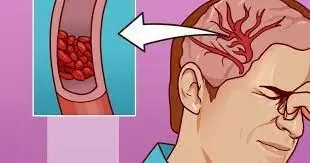
9 Warning Signs of Magnesium Deficiency You Shouldn't Ignore

Poor Postcancer Surgery Outcomes Tied to 3 Factors

Teamwork Boosts Primary Care Doc Job Satisfaction, Cuts Stress

Scientists Discover An “Off Switch” For Cholesterol—And It Could Save Millions Of Lives

How to Treat Urinary Tract Infection (UTI) Naturally According to Science

4 Common Causes of Body Pain on the Right Side

12 Subtle Vitamin D Deficiency Symptoms That Most People Ignore

What Your Heart Experiences When You Drink Energy Drinks

How to Eat Right for Your Blood Type
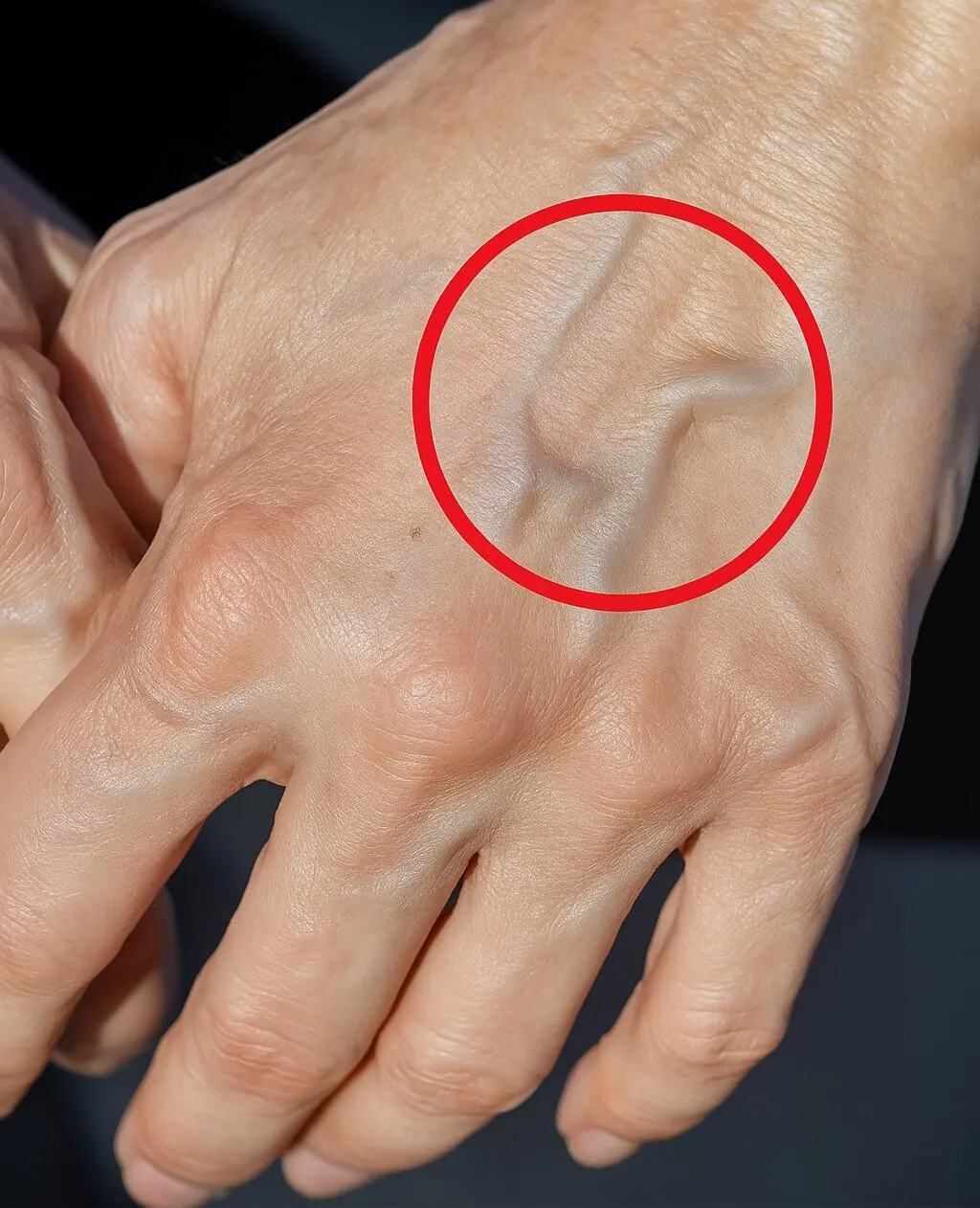
When to Worry About Veins That Appear Out of Nowhere
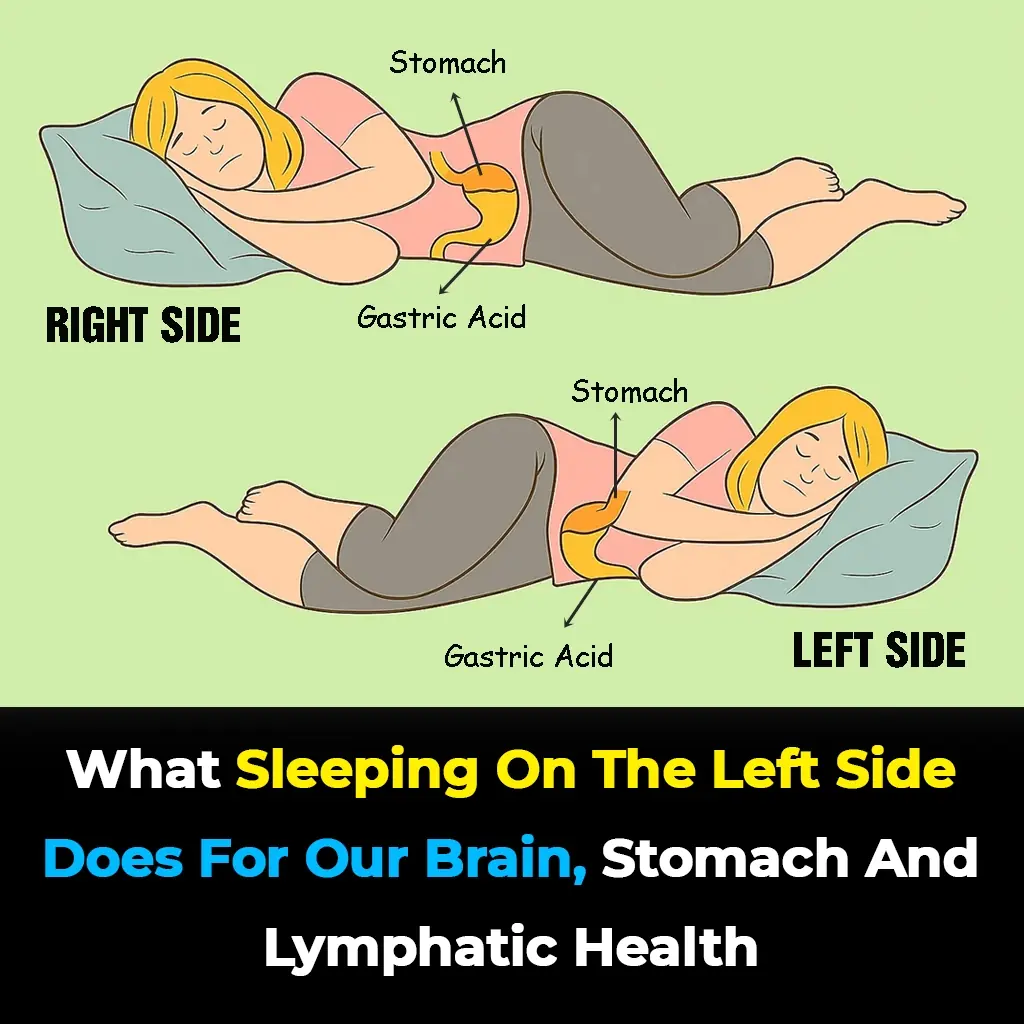
This is what sleeping on the left side does for our brain, stomach & glymphatic health
Sleeping position might be the last thing you think about before bed, but it can have a powerful impact on your health. Experts say that lying on your left side could improve digestion, support brain detox, ease back pain, and even enhance circulation.

Mother Rushes To Emergency Room To Deliver Triplets: Then Nurses Look Closer At Their Faces And Freeze

The First Ever Albino Twins Born In Argentina Will Leave You In Awe

Doctor Reveals: MRI Scan Of The Face Of A 33-Year-Old Woman Reveals Where All Of Her Filler Went
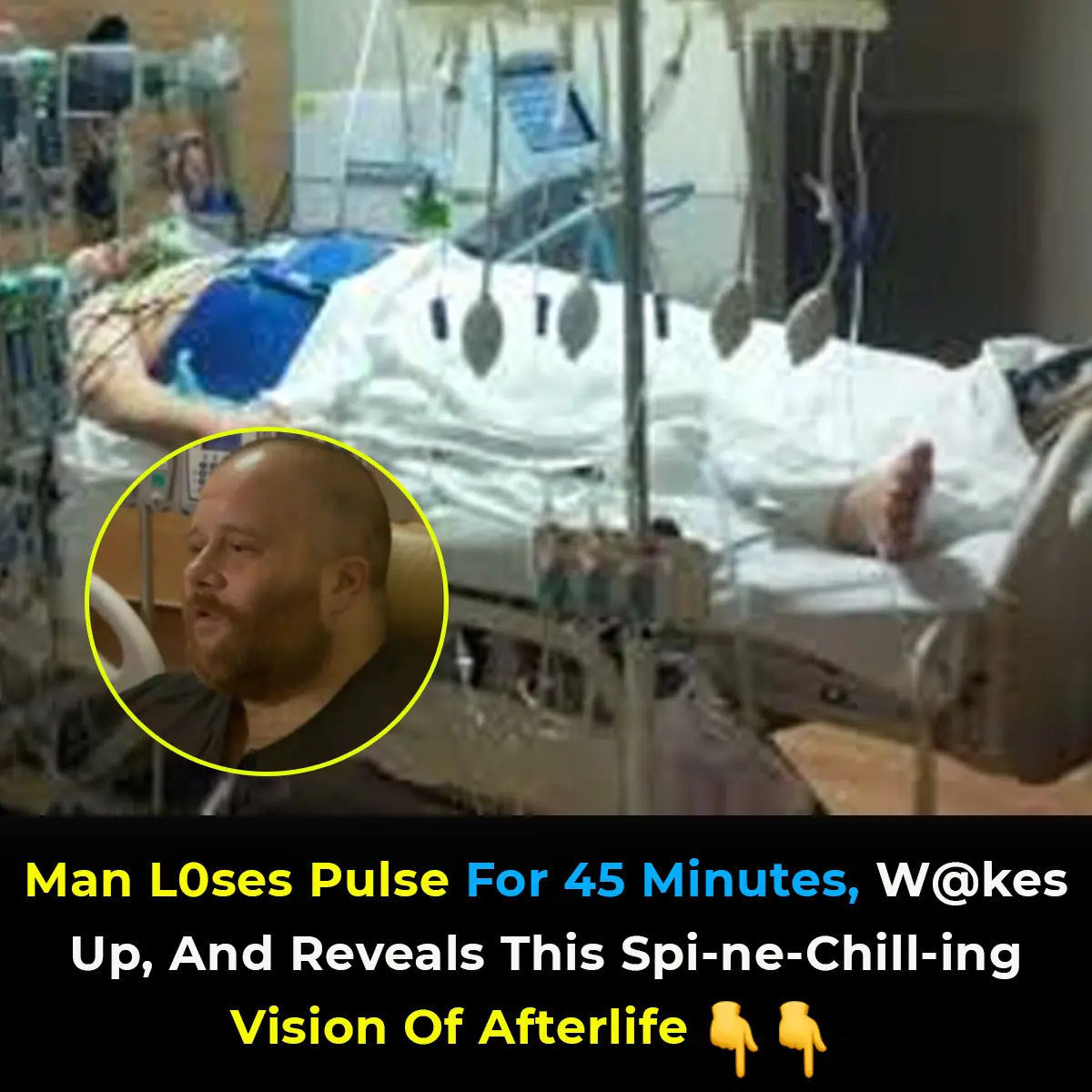
Man Loses Pulse For 45 Minutes, Wakes Up, And Reveals This Spine-Chilling Vision Of Afterlife
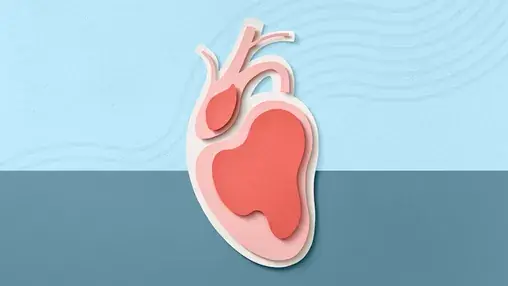
Your Heart May Be Older Than You Are

6 Types of Pain You Shouldn’t Ignore
News Post

Get Rid of Throat Mucus Faster With These Home Treatments (Evidence Based)

Clear Throat Mucus Fast With These Tried-and-Tested Remedies They Don’t Want You to Know

9 Warning Signs of Magnesium Deficiency You Shouldn't Ignore

Poor Postcancer Surgery Outcomes Tied to 3 Factors

Teamwork Boosts Primary Care Doc Job Satisfaction, Cuts Stress

Scientists Discover An “Off Switch” For Cholesterol—And It Could Save Millions Of Lives

How to Treat Urinary Tract Infection (UTI) Naturally According to Science

4 Common Causes of Body Pain on the Right Side

The Truth About Eating the Black Vein in Shrimp Tails

12 Subtle Vitamin D Deficiency Symptoms That Most People Ignore

What Your Heart Experiences When You Drink Energy Drinks

How to Eat Right for Your Blood Type

Eyes Full of Hope, Heart Full of Trust.

When to Worry About Veins That Appear Out of Nowhere

This is what sleeping on the left side does for our brain, stomach & glymphatic health
Sleeping position might be the last thing you think about before bed, but it can have a powerful impact on your health. Experts say that lying on your left side could improve digestion, support brain detox, ease back pain, and even enhance circulation.

I Haven’t Seen My Daughter in 13 Years — Then a Letter Arrived from a Grandson I Never Knew

This is why you should keep the bathroom light on when sleeping in a hotel
Leaving your hotel bathroom light on at night might seem unnecessary, but it could be a small habit that makes a big difference for your comfort and safety. From preventing nighttime accidents to deterring intruders, experts say this simple tip can protec

Wife Left Husband to Raise Their Baby Alone — 20 Years Later, She Reached Out to Their Daughter
